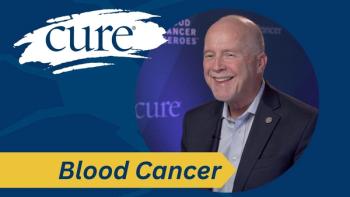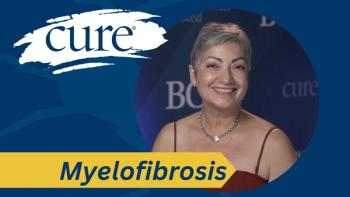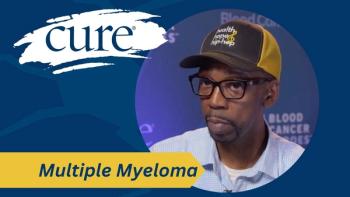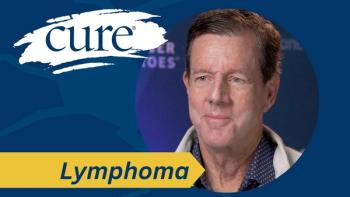
Earlier Detection of Ovarian Cancer
Transcript:
Maurie Markman, MD: How common is Anya’s story, based on your own experience in your practice?
Justin Chura, MD: Unfortunately, it is a common story. The symptoms are somewhat vague—a little bloating, some pelvic pain, some back pain—and we tend to brush those things off. We’re busy. We’re living our lives. We’re not thinking that we have an illness. We’re thinking that we’re getting older, “I have a little ache and a pain.” And the body does hide a lot. I often tell patients that a lot can be going on under the waters that we don’t see. And so, oftentimes by the time a patient presents, they are stage 3 or stage 4. As you alluded to, 75% of patients, when they walk through my door, are stage 3 or 4 at the time of diagnosis. And so, that’s not something that I can impact at present time. Certainly, that is one of the holy grails for ovarian cancer, finding that precursor lesion and detecting the disease early. But right now, where we are, the reality is, 75% of women are advanced stage when they come in.
Maurie Markman, MD: With that fact, and unfortunately, it’s very true, are there specific red flags for an individual woman, or, obviously, potentially her family to help advise her as to what those red flags may be in this situation?
Justin Chura, MD: Certainly, the bloating, weight gain, increase in the abdominal girth, or distension can be a sign of fluid building up in the abdominal cavity. And that can sometimes be a sign of a more advanced disease, when someone presents. Unfortunately, a lot of the symptoms, as we said, don’t point to a specific illness or body part. And so, it requires a little bit of self-awareness. “This symptom is persisting. It’s not going away.” It requires listening to the body to say, “OK, something’s not right there.” I think that takes a self-awareness and courage to say, “I need to face whatever this is that’s bothering me.”
Maurie Markman, MD: Anya, I turn to you. Based on your experience and what you’ve gone through, do you have any potential recommendations to other women out there who are where you were 15 years ago?
Anya Khomenko: Looking back, I can now trace back that I have always had some problems in the gynecologic area. I had lots of inflammation. I went to a gynecologist many times. In fact, at one point, I even went after I read about the importance of CA-125. I asked my general practitioner to perform a CA-125 test, which at that time was 9, that’s normal. I’m sorry that I didn’t follow up and repeat the test for the CA-125 marker. I think that it should be part of any physical for every woman.
Maurie Markman, MD: From the perspective of a baseline?
Anya Khomenko: From the perspective for baseline, yes.
Maurie Markman, MD: I think that’s a very interesting comment because at that point, what you’re describing is not to look for the disease. But you know where you are such that if you did have something, a symptom or a concern, you’d know where you were, potentially.
Anya Khomenko: I would. This is especially helpful for a certain group of people, like Ashkenazi Jews, who genetically have a higher incidence of mutations such as BRCA1 and BRCA2 mutations.
Transcript Edited for Clarity




